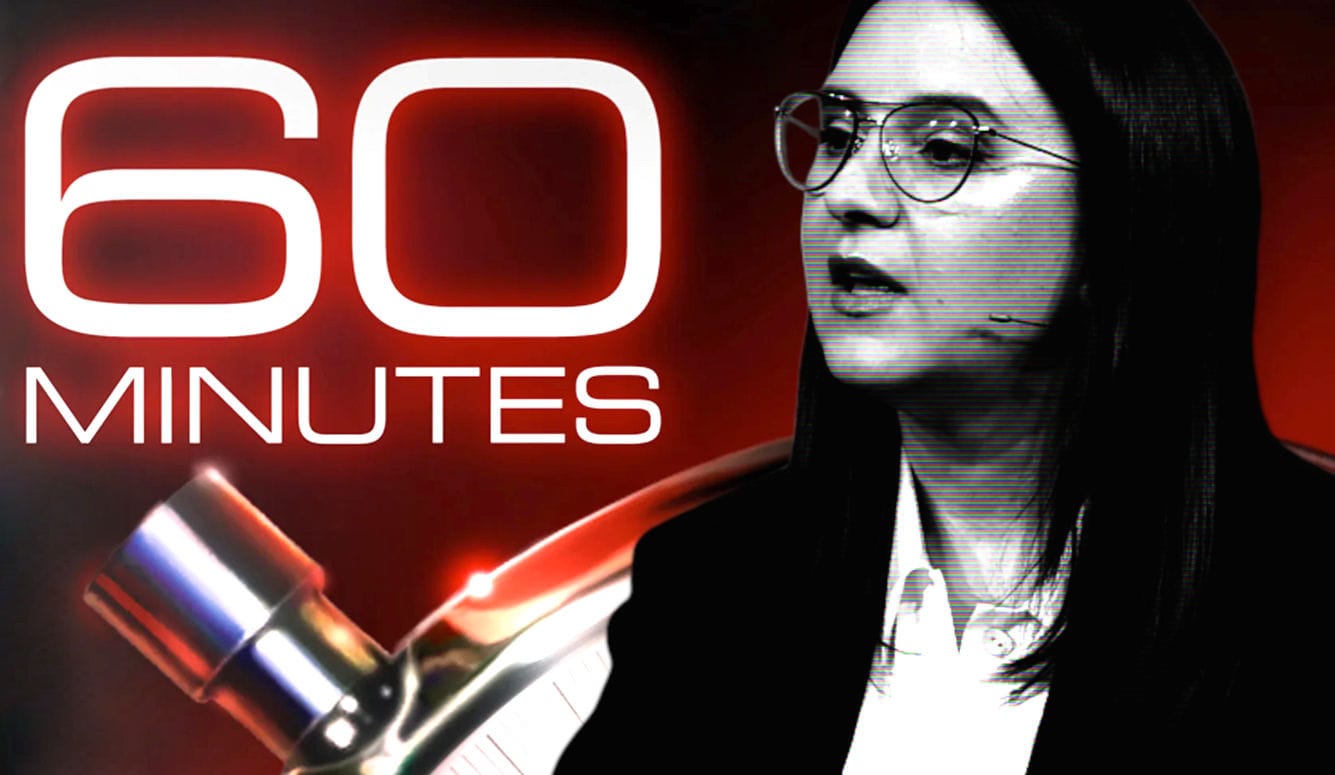Art and Culture
Rage Is Now the Machine
Angertainment capitalises on ordinary democratic conflict by selling it back to us as spectacle.

Political culture in the wake of Charlie Kirk’s murder on 10 September 2025 has followed a predictable pattern. There was the original sequence of discrete events (the shooting, the hunt for an assailant, the arrest of a suspect), followed by the volumes of public speculation, accusation, irreverence, and invective that crop up around them. Some of this arises spontaneously, but much of it is cultivated by platforms where outrage—about the news, about others’ offensive failure to be properly outraged by it, about the offensive outrage aimed at anyone who’s not outraged, and so on—is the main subject, and the main product.
The portmanteau word “angertainment” has been floating around for some time now, circulated in media and political criticism to describe programming that seems designed to stir up hostile responses in its audience. It was originally ascribed to the talk-radio format popularised by figures like Rush Limbaugh in the United States, where listeners were invited to phone in with responses to the hosts’ provocations on some real or contrived hot-button issue. After the 1987 repeal of the “Fairness Doctrine” in US law, under which stations had been obligated to provide “equal time” to rebut any particular opinion they aired (so they generally shied away from airing any opinions at all), more local and national iterations of the talk-radio medium emerged. The programs would feature everything from the puerile humour of “shock jocks” like Howard Stern to the racial and sexual controversies stirred by Don Imus. Oliver Stone’s 1988 film Talk Radio was loosely based on the real story of Alan Berg, an outspoken Denver broadcaster who was murdered by neo-Nazis in 1984, which is about as hostile a response as you can get.
During the same era, cable television began running more point-counterpoint shows, in which supposed experts would yell at each other from opposite positions on a given topic. Programs like The Jerry Springer Show, Sally Jessy Raphael, Ricki Lake, and Geraldo, meanwhile, frequently featured the eponymous hosts presiding over on-air confrontations between cheating spouses, feuding family members, and assorted natural antagonists (an episode of Geraldo Rivera’s broadcast show in 1988 famously dissolved into a brawl when three white supremacists appeared alongside a black man and a Jew). All the TV and radio fights won good ratings and boosted advertiser revenue, but the explosion of content brought by the internet during the 1990s, and then social networks in the 2000s, multiplied the profitability of mediated fighting many times over.
What is angertainment? Strictly speaking, it isn’t news per se, insofar as there are still any sources striving to deliver neutral coverage of objective facts. Some stories may very well make news consumers angry—“Bombing kills hundreds,” “Government cuts announced,” “Unemployment rises”—but they aren’t specifically produced to incite outrage, beyond the journalistic “If it bleeds, it leads” imperative. While sports coverage and statistics preoccupy a lot of people, they generally stimulate responses besides anger, except over fumbled plays or bad calls. And entertainment in the form of movies, streaming series, and even music and video games certainly engages our emotions, but it mostly serves as an outlet for them rather than to goad us: we may hiss at a cinematic villain, be moved by a protest ballad, or bang our heads to a heavy-metal anthem, but the feelings dissipate once the film or the song concludes.
The advent of 24-hour channels like CNN, Fox News, and MSNBC (and comparable networks in other countries), first on cable and then online, was when the angertainment trend became a permanent and identifiable fixture of programming. To fill unending schedules with sponsored content, reporting on the latest newsworthy events could only take up so much time; the rest of their feeds were devoted to interviews, opinion, and “analysis,” all seamlessly spliced with traditional on-the-ground dispatches. Executives who studied the numbers discovered that viewers stayed for the filler. After all, you only needed to hear about a plane crash or an election result once, but discussion of their significance could be spun out indefinitely. And if the significance could be interpreted differently by different observers—or if the differing interpretations were somehow turned into news in their own right—the fireworks that resulted could be a ratings bonanza.

The disasters and the elections really did happen, of course. It’s important to note that angertainment isn’t complete fiction. At its core, there is usually some verified reality that’s been documented on camera or onscreen. But the way it’s framed by the relaying platform is how reactions are generated: Have you heard about this? Isn’t it terrible? Why don’t our competitors see it the same way? Who do they think they are? What’s their agenda? What are they trying to hide from you? In one form or another, these templates are now applied to countless items fed to us every day, taking an authentic nugget of information and massaging it to steer the audience in a desired direction of horror, dismay, scorn, or anger. Right after the commercial break.






